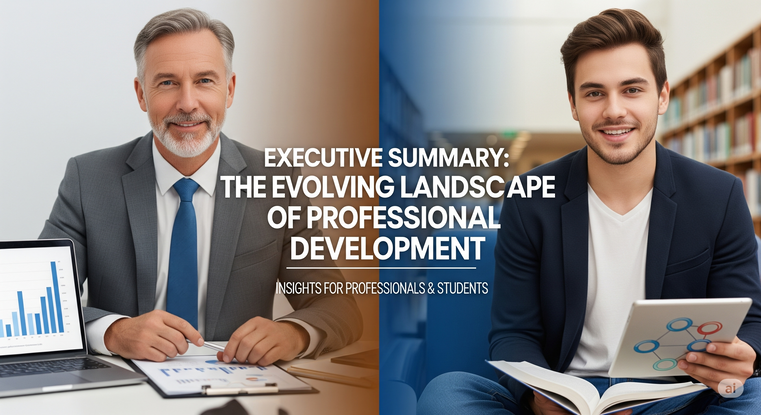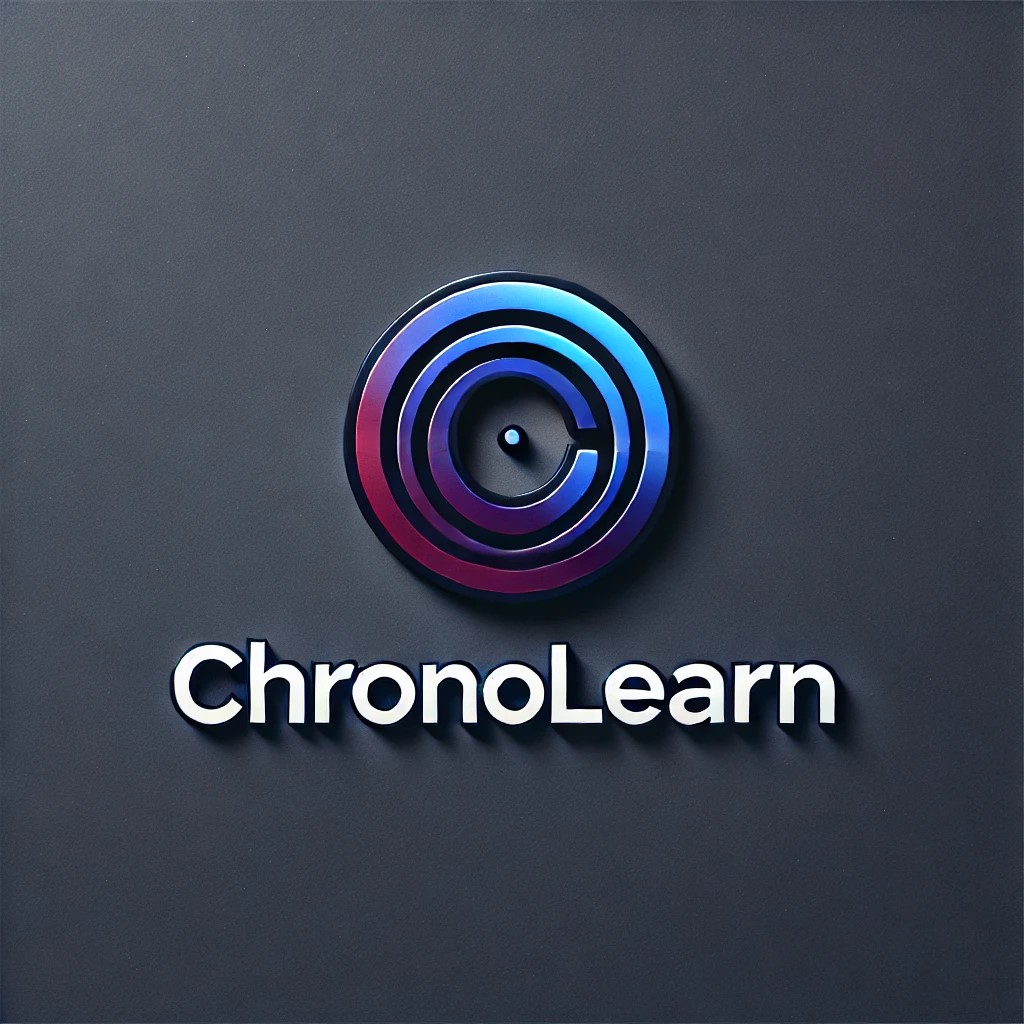
Executive Summary: The Evolving Landscape of Professional Development
Introduction
Professional development is no longer just a box to tick in annual reviews—it has become a strategic priority for individuals and organizations in the fast-paced, skill-driven economy of 2025.
With emerging technologies like AI, automation, data analytics, and immersive learning platforms, the way professionals acquire, apply, and retain skills has transformed dramatically.
This blog explores the shifting dynamics of professional development, the driving forces behind this evolution, and actionable strategies for both individuals and organizations to stay competitive.
1. The Changing Definition of Professional Development
Traditionally, professional development was centered on structured training sessions, seminars, and conferences.
Today, it has expanded to continuous, on-demand learning that integrates into day-to-day work.
Key trends redefining the term:
-
Personalized Learning Journeys – Tailored skill paths based on role, goals, and learning style.
-
Microlearning Modules – Short, interactive lessons that fit into busy schedules.
-
Skills Over Degrees – Hiring managers increasingly prioritize skills mastery over academic credentials.
-
Social & Collaborative Learning – Peer-to-peer skill sharing and online communities.
2. Why Professional Development is a Non-Negotiable in 2025
-
Technology Disruption – With AI tools like ChatGPT, SearchGPT, and Copilot, the shelf-life of technical skills is shrinking.
-
Global Talent Competition – Businesses compete for talent that is globally aware, digitally fluent, and adaptable.
-
Employee Retention & Engagement – LinkedIn’s 2025 Workplace Learning Report shows employees with access to learning opportunities are 57% more likely to stay with their employer.
-
Compliance & Industry Standards – Regulations change quickly; ongoing learning ensures compliance.
3. Key Drivers of the New Professional Development Landscape a) Artificial Intelligence & Automation
AI-powered learning platforms now recommend, adapt, and assess courses based on performance in real time.
Example: A project manager can receive tailored lessons on AI project risk assessment after demonstrating gaps in a live simulation.
b) Remote & Hybrid Work Models
Virtual learning solutions have replaced many in-person workshops. VR classrooms and AR-based simulations allow employees to practice skills as if they were on the job.
c) Data-Driven Learning
Learning analytics track participation, skill mastery, and ROI, enabling companies to invest only in the most impactful programs.
4. Strategies for Organizations to Stay Ahead
-
Adopt Learning Experience Platforms (LXPs) – Platforms like Degreed or Coursera for Business offer AI-driven personalization.
-
Integrate Learning into Workflow – Use tools like Microsoft Viva Learning to bring training into daily work apps.
-
Focus on Transferable Skills – Critical thinking, leadership, digital literacy, and adaptability are future-proof.
-
Gamification & Engagement – Points, badges, and leaderboards keep employees motivated.
-
AI-Enhanced Mentorship – Matching mentors and mentees based on skill gaps and career goals.
5. Professional Development Trends to Watch in 2025
-
AI Co-Learning Assistants – Employees train alongside AI that also learns from the process.
-
Skill-Based Career Pathing – Roles are defined by skill clusters, not rigid job titles.
-
Immersive Learning Environments – AR/VR for real-world scenario training.
-
Subscription-Based Learning Models – Netflix-style access to constantly updated training content.
-
Green Skills Development – Training on sustainability practices as businesses aim for net-zero goals.
6. Action Plan for Professionals
If you’re an individual aiming to stay competitive:
-
Create a Learning Roadmap – Identify current skills, desired skills, and a learning timeline.
-
Leverage AI Tools – Use tools like ChatGPT for rapid research, brainstorming, and concept mastery.
-
Join Industry Communities – Participate in LinkedIn groups, Slack channels, or professional forums.
-
Document and Showcase Learning – Update your LinkedIn profile and portfolio after every milestone.
Conclusion
The professional development landscape in 2025 is dynamic, data-driven, and highly personalized.
Both individuals and organizations must recognize that learning is no longer an event—it’s a continuous journey.
Those who adapt quickly to the evolving environment will not just survive the competition but will lead it.






